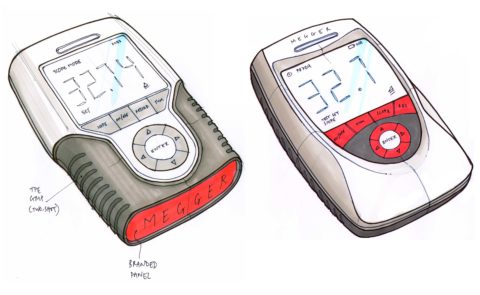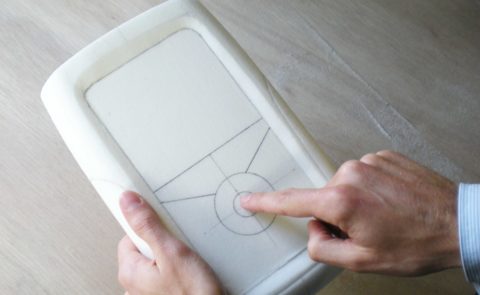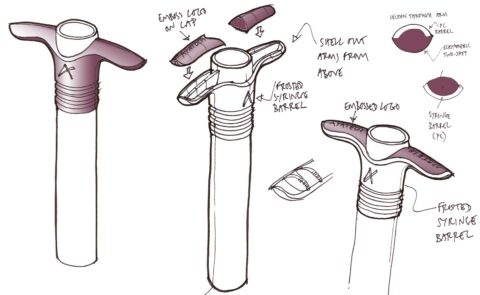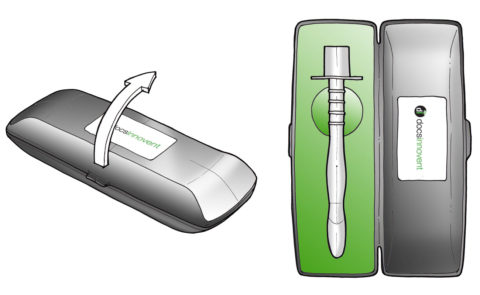

EXPLORING PRODUCT CONCEPTS
Carefully developing the product form, ensuring it is ergonomic and works with all the functional aspects of the product such as buttons and screen.

ERGONOMIC FOAM MODELS
A product's ergonomics are developed using white foam models. These models are taken to focus group meetings so users can input into the design process.

PRODUCT ARCHITECTURE
We develop the product architecture within the early concept phase, ensuring the aesthetics and details we require can be achieved in the manufacturing process.

BRAND DEVELOPMENT
We always look to create a strong and consistent brand. Through concept design, we strengthen the product branding, so it can be applied to all products.
“Our creative team generates innovative concepts & ideas“
At Gm Design Development UK, creative design is at the heart of any new product development.
Our creative product design team will bring new ideas, innovation and creativity to the development process. We keep abreast of the latest design trends, helping to deliver you a product that will be successful in the present and future marketplace.
Sketch development
Our creative design team explores ideas and concepts with sketches and drawings, to aid in the development of new, innovative products. Aesthetics are explored alongside the mechanical and functional aspects of designs.
Brand development
Often clients come to us with a portfolio of products that have been designed individually over many years. Part of our expertise is to improve the strength of your brand by looking to bring some design consistency across the range of your products in parallel to developing your latest product. Careful consideration to materials, colour, form and graphics help deliver this.
User experience
Understanding a user’s behaviour and how they might use a product is crucial when beginning the design of your new product.
Interface graphic development
We have designed several Graphical User Interfaces (GUI) for various products including a rapid assay laboratory reader. More products now have a capacitive touch screen incorporated in them, particularly in the healthcare and consumer sectors.
Product architecture
In this early concept phase, it is important to define the broad product architecture. We define how the case mouldings will be tooled and how they are assembled to each other. Understanding the tooling strategy at this early stage is critical to ensure concepts are viable to manufacture.
Focus groups
We often organise focus groups to obtain feedback from relevant users on the concepts we create. Material shown maybe 2D visuals or 3D ergonomic or appearance models. This valuable feedback will help to define the requirements of the product.
Ergonomics & anthropometric
In additional to the general guides and principles, we develop white foam ergonomic models to evaluate and prove out the optimised grip/ design of product. This is then translated into 3D CAD for continued development.
User-centred design
Observation, research and focus groups allows us to design user focused products.
